Repairing Tears & Leaks: Step‑by‑Step
This article provides a comprehensive guide on repairing tears and leaks in various materials, including neoprene, vinyl, and fabric. It…

This article provides a comprehensive guide on repairing tears and leaks in various materials, including neoprene, vinyl, and fabric. It…
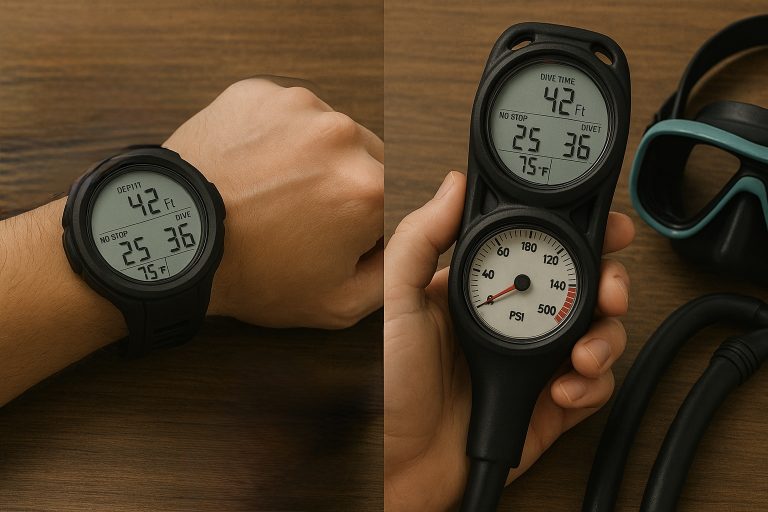
The article discusses the advantages and disadvantages of wrist-mounted and console dive computers, helping divers choose the right option based…

This article explores the impact of traditional neoprene wetsuits on the environment and highlights eco-friendly alternatives available for water sports…

The article compares Suunto and Shearwater dive computers, focusing on their algorithms, features, and pricing. It explains the importance of…

This article provides a comprehensive guide on selecting the appropriate wetsuit thickness for water sports enthusiasts in Hong Kong, considering…

This article emphasizes the importance of regular maintenance and battery replacement for dive computers to ensure their reliability and longevity….

The article discusses the importance of continuing education in scuba diving, focusing on the Rescue Diver and Divemaster certifications. It…
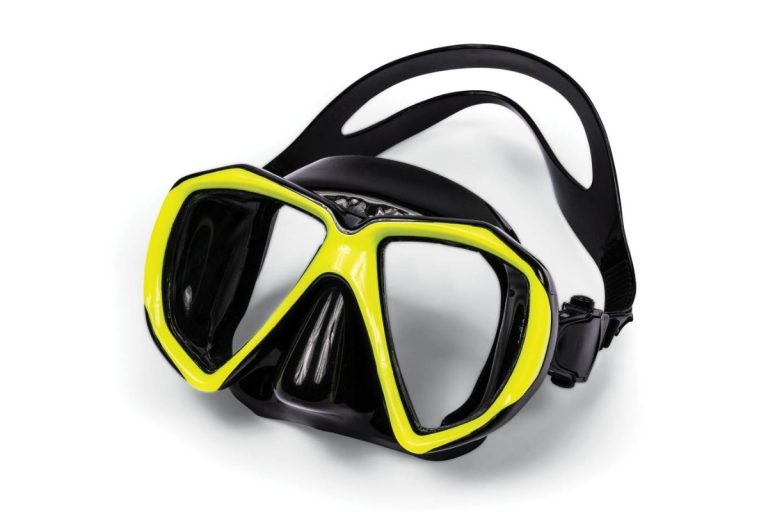
This article provides a comprehensive overview of the best snorkel masks that offer a wide field of view, emphasizing the…
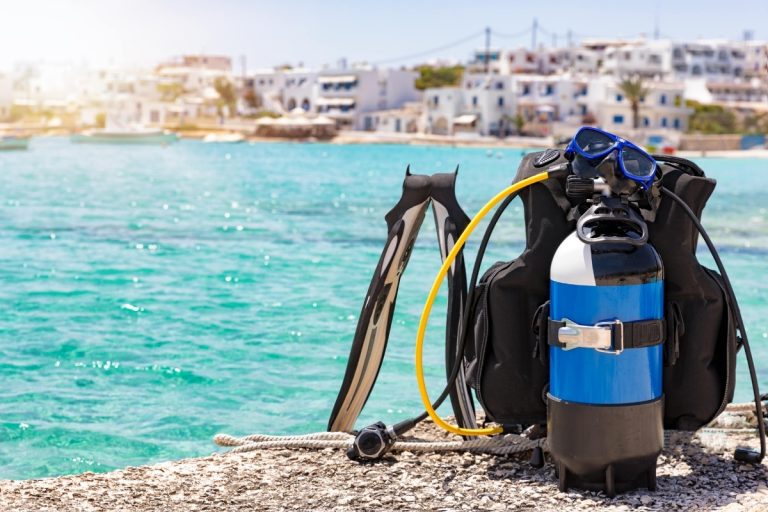
This article compares PADI and SSI diving certifications, outlining their histories, course structures, costs, teaching methodologies, safety standards, and personal…
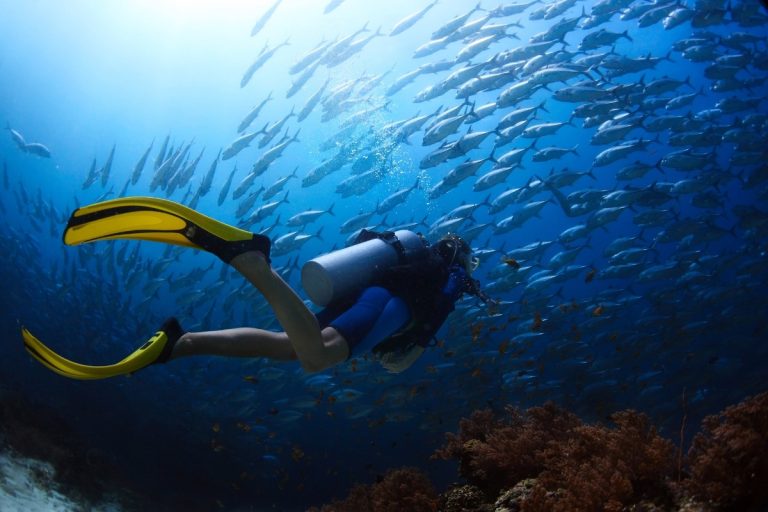
Advanced adventure dives represent a pivotal step in scuba diving, allowing divers to explore specialized environments and develop essential skills…
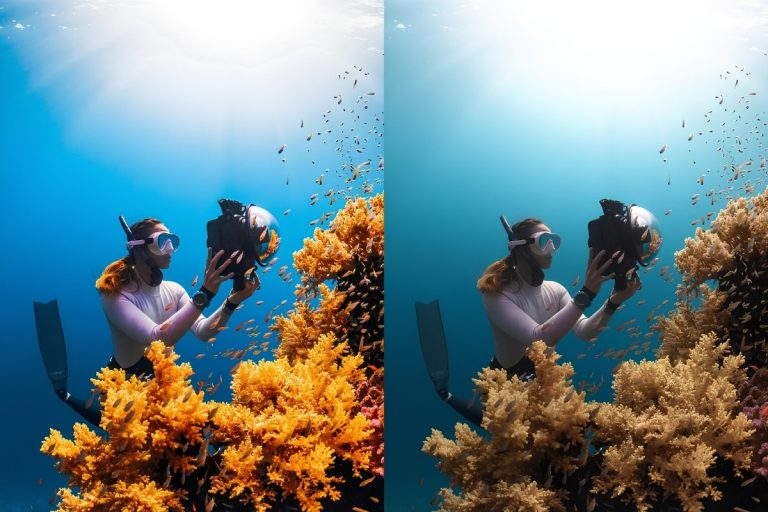
This article provides an in-depth guide to post-processing underwater images using Lightroom and Photoshop. It emphasizes the unique challenges of…
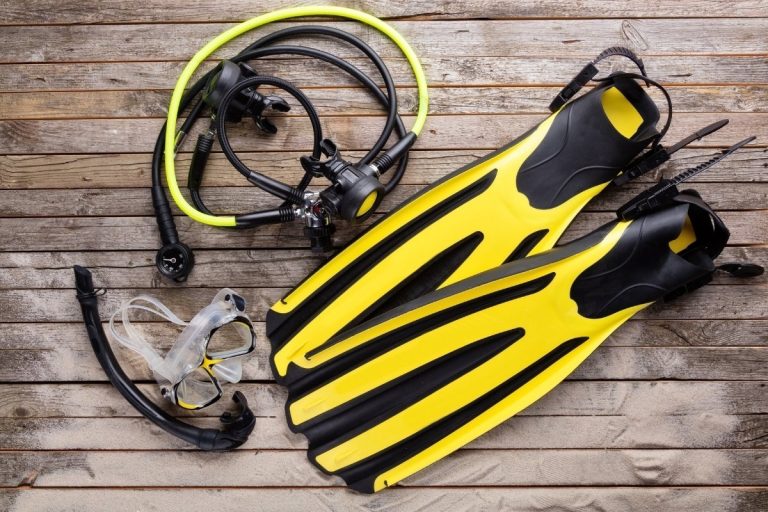
This article provides a comprehensive guide to various types of snorkels, highlighting their features, benefits, and drawbacks. It categorizes snorkels…
This article provides comprehensive guidance on how to care for silicone and tempered-glass diving masks, emphasizing the importance of proper…
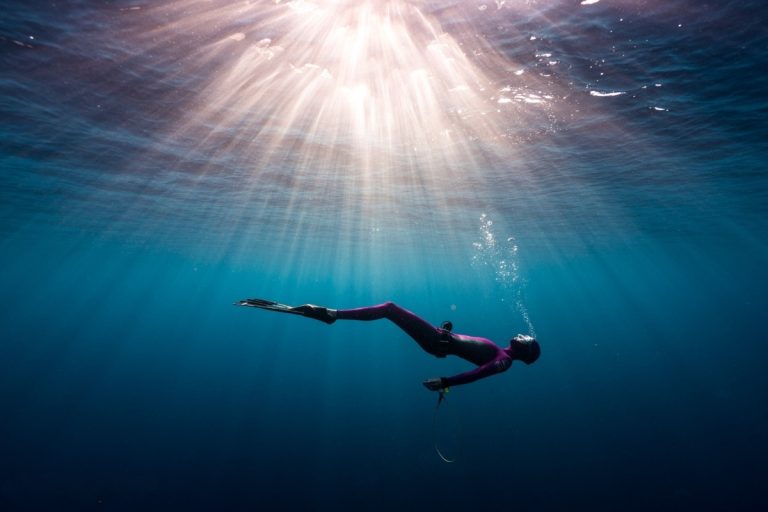
This article provides a comprehensive guide to freediving, covering essential topics such as the basics of the sport, necessary gear,…

This article provides a comprehensive guide on how to read and understand dive computers, covering both basic and advanced metrics…

Breath-hold training involves systematically extending the time one can hold their breath, enhancing both physical and mental resilience. It has…

This article explores the differences between wide-angle and macro lenses in photography, highlighting their unique characteristics, ideal use cases, and…
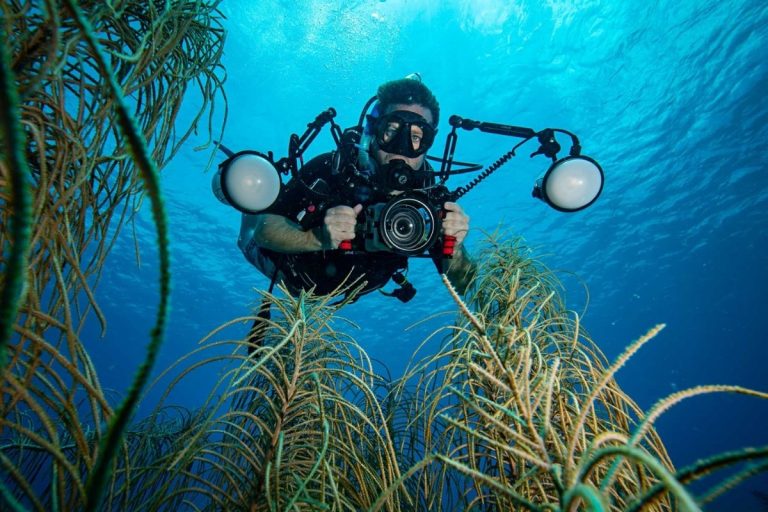
Choosing the right housing for your camera is crucial for successful underwater photography and depends on various factors including your…
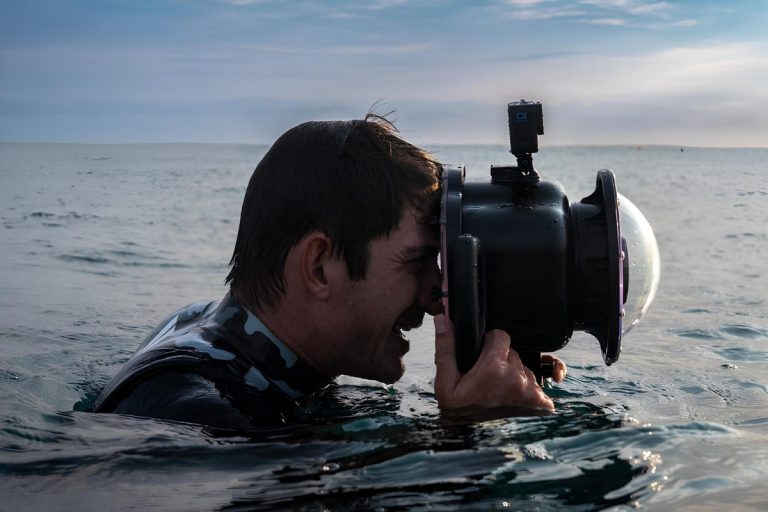
This article provides a comprehensive guide to camera settings tailored for underwater photography, emphasizing the importance of understanding how depth…
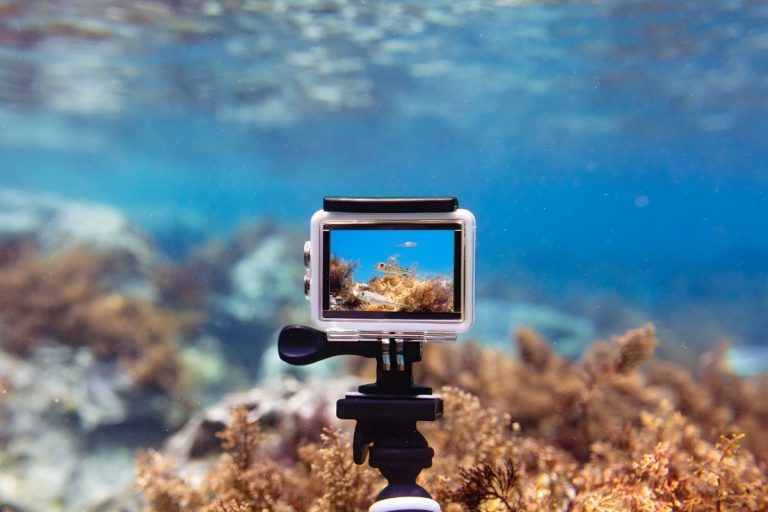
In 2025, compact cameras designed for divers have evolved to offer professional-grade features in portable packages. Key considerations for choosing…

This article provides an in-depth guide on strobe and video light placement for underwater photography, emphasizing the importance of proper…
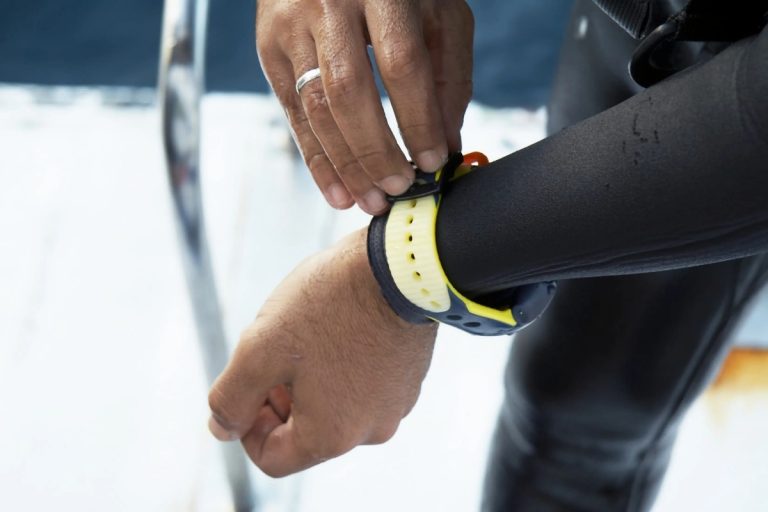
This article reviews the top five entry-level dive computers ideal for beginner divers. It emphasizes the importance of having a…

This article provides a comprehensive guide on neoprene wetsuit care, emphasizing the importance of proper maintenance to extend the lifespan…

This article provides a comprehensive guide to dry suit fitting, detailing the importance of seals, undergarments, and valves for optimal…

The article explores advanced features of modern dive computers, including air integration, digital compasses, and diving apps. Air integration enhances…
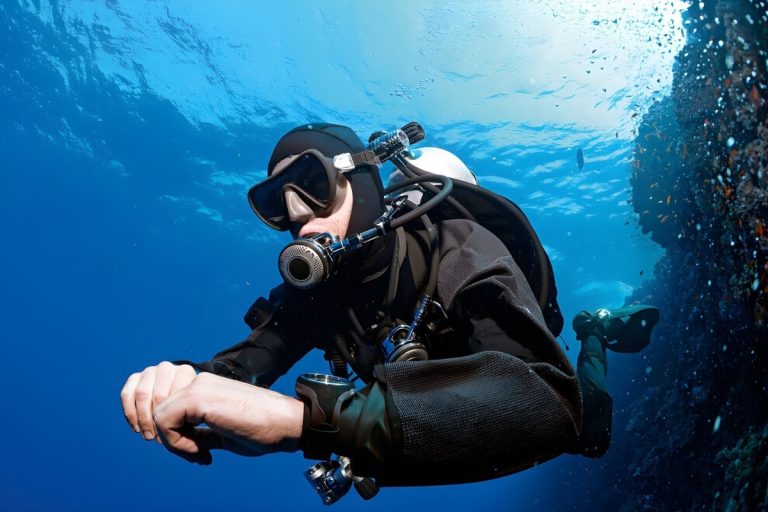
This article serves as a comprehensive comparison and buyer’s guide for dive computers in 2025, highlighting the importance of selecting…
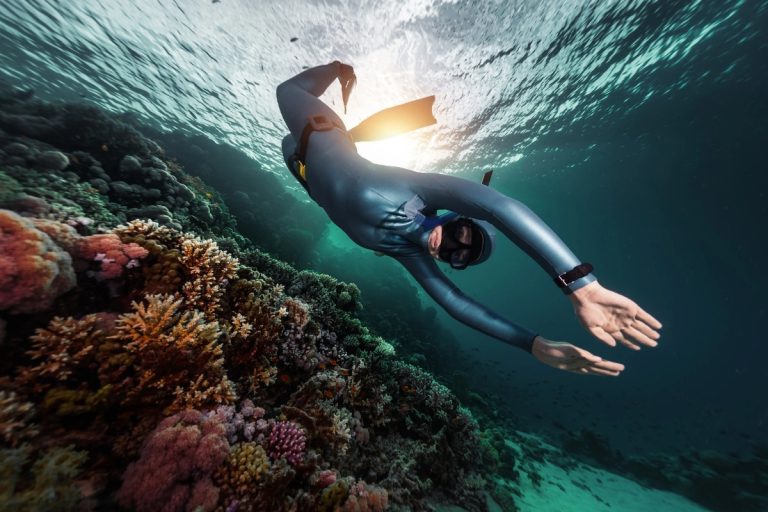
This article serves as a comprehensive guide to snorkeling and freediving, detailing the essentials for both underwater activities. It outlines…
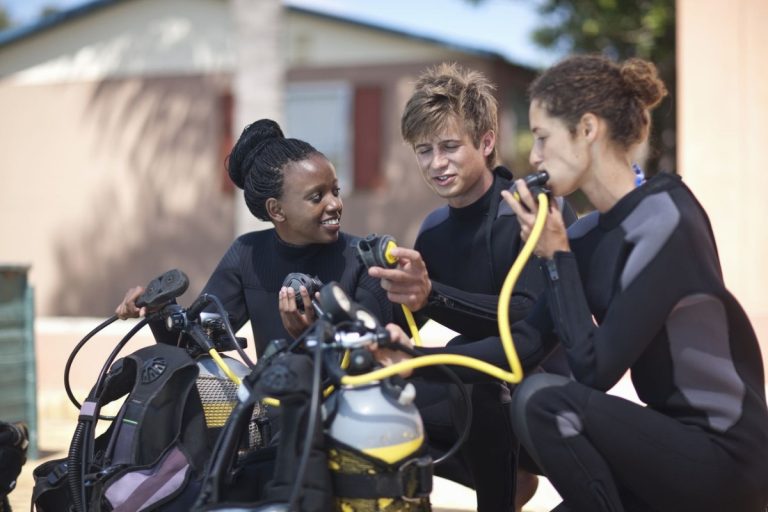
This article provides a comprehensive overview of scuba courses and certifications, emphasizing the importance of professional training for safe and…

This article provides a comprehensive guide to the best seasonal destinations in Southeast Asia, focusing on optimal travel times, regional…

This article discusses best practices for creating an effective customer help and FAQ section, emphasizing its importance in modern business….